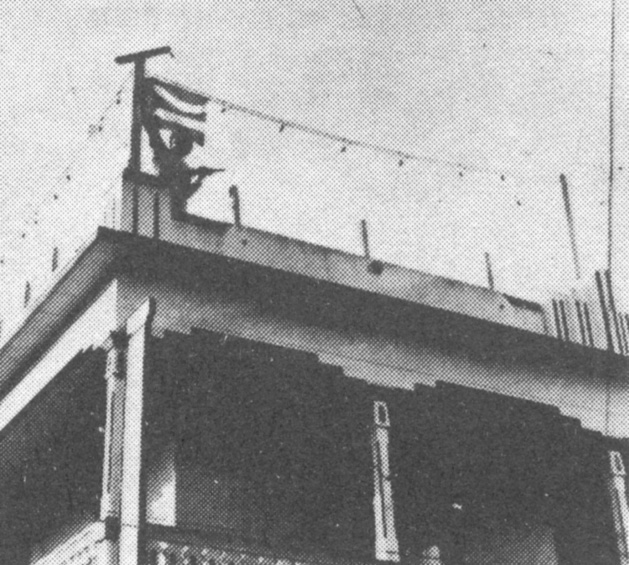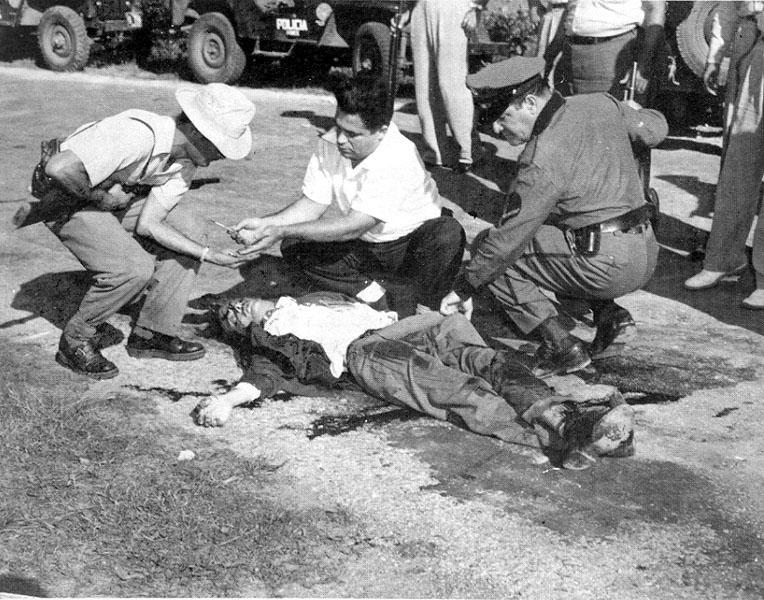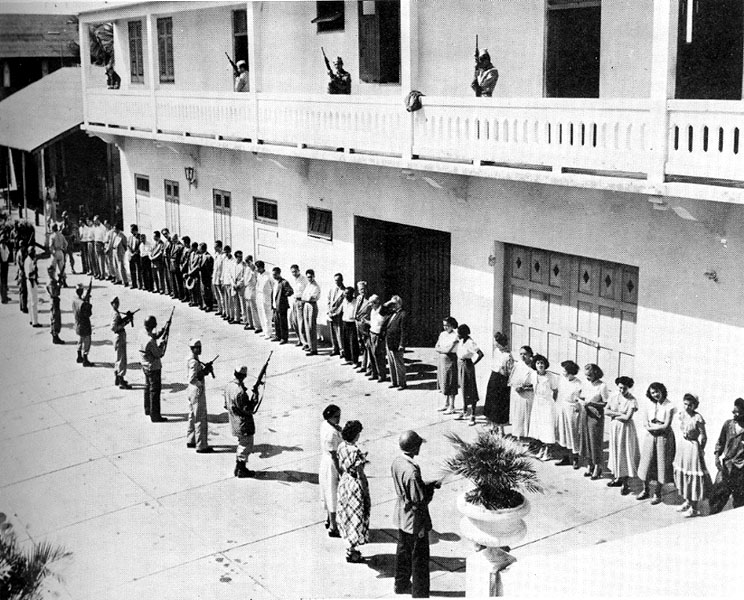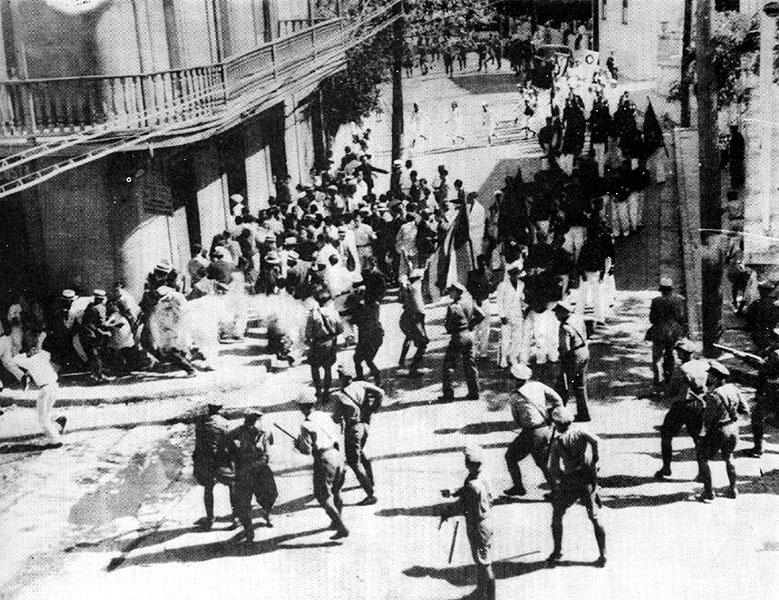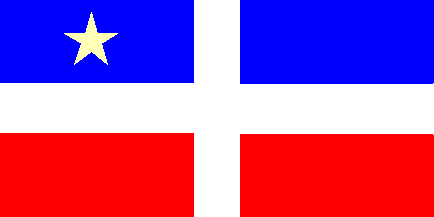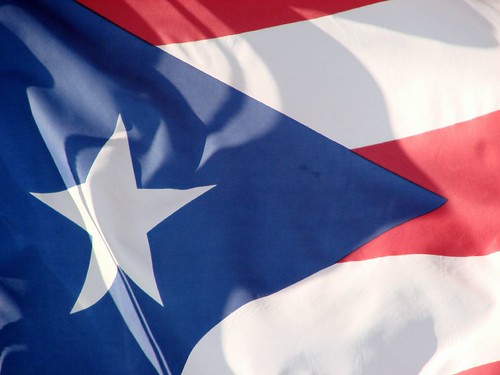 "SPANISH LYRICS
"SPANISH LYRICS
La tierra de Borinquén
donde he nacido yo,
es un jardín florido
de mágico fulgor.
Un cielo siempre nítido
le sirve de dosel
y dan arrullos plácidos
las olas a sus pies.
Cuando a sus playas llegó Colón;
Exclamó lleno de admiración;
"Oh!, oh!, oh!, esta es la linda
tierra que busco yo".
Es Borinquén la hija,
la hija del mar y el sol,
del mar y el sol,
del mar y el sol,
del mar y el sol,
del mar y el sol. ---
---
ENGLISH TRANSLATION
The land of Borinquen,
where I was born,
is a flower-garden
of magical brilliance.
An ever-clear sky
is its canopy,
and the waves sing lullabies
at its feet.
When Columbus reached these beaches,
full of awe he exclaimed,
"This is the lovely land
that I seek."
Borinquén is the daughter
of the sea and the sun.
the sea and the sun.
the sea and the sun.
the sea and the sun.
the sea and the sun."
This posting is purely to instill some national pride. The Quoted comes from http://david.national-anthems.net/pr.txt. The video comes from http://video.google.com/videoplay?docid=6021329986797475937.









